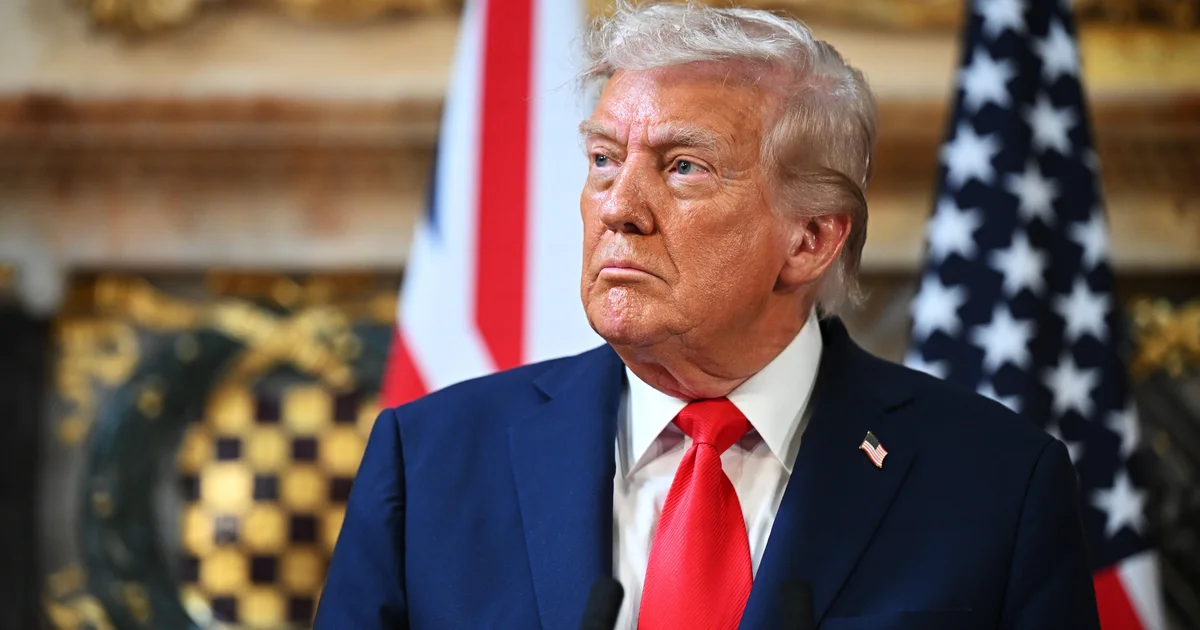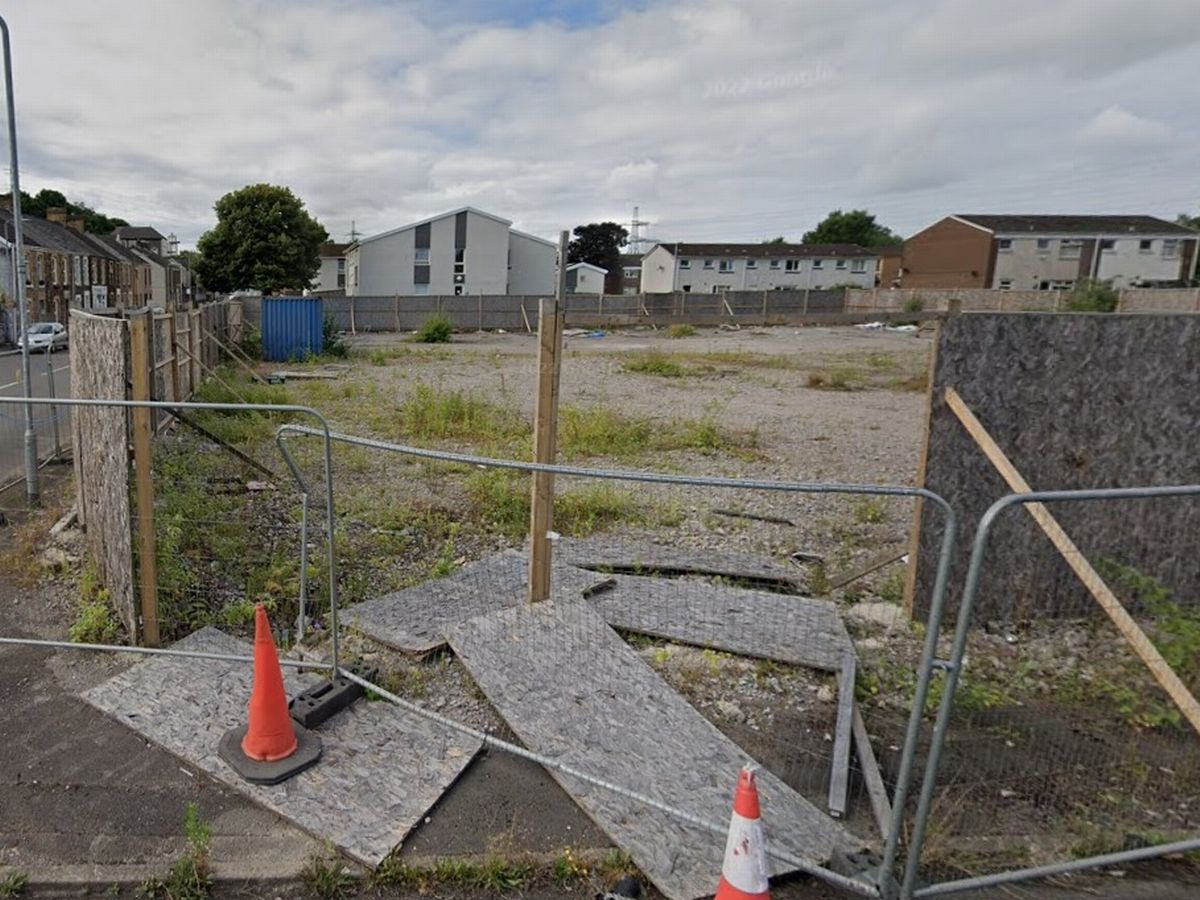
President Trump announced Thursday that the U.S. would impose a new round of tariffs, including a 100% tariff on pharmaceutical drugs, a 30% tariff on upholstered furniture, a 50% tariff on kitchen cabinets and bathroom vanities, and a 30% tariff on heavy trucks.
In social media posts to Truth Social, Mr. Trump said the new tariffs would take effect Oct. 1.
Mr. Trump said in his posts that the 100% tariff on “any branded or patented Pharmaceutical Product” would not apply to companies building manufacturing plants in the U.S., which he defined as either “breaking ground” or being “under construction.”
In 2024, America imported nearly $233 billion in pharmaceutical and medicinal products, according to the Census Bureau. The prospect of prices doubling for some medicines could send shockwaves to voters as health care expenses, as well as the costs of Medicare and Medicaid, potentially increase.
Trump argued that foreign manufacturers of furniture and cabinetry were “flooding” the U.S. with their products and that tariffs must be applied “for National Security and other reasons.”
The new tariffs on cabinetry could further increase the costs for homebuilders at a time when many people seeking to buy a house feel priced out by the mix of housing shortages and high mortgage rates.
Last month, Mr. Trump announced on social media that a “major Tariff Investigation” was being conducted on furniture coming into the U.S. and said that within the next 50 days, the investigation would be completed, and a tariff rate would be announced.
The president said the 25% tariff on on “all ‘Heavy (Big!) Trucks’ made in other parts of the world” was “in order to protect our Great Heavy Truck Manufacturers from unfair outside competition.”
“Large Truck Company Manufacturers, such as Peterbilt, Kenworth, Freightliner, Mack Trucks, and others, will be protected from the onslaught of outside interruptions,” Trump posted.
Throughout much of 2025, the Trump administration’s broad tariffs defied predictions that they would fuel inflation, but that respite seems to have ended after economic data this month showed the duties are now driving prices upward. The Consumer Price Index in August rose at a rate of 2.9% from a year ago, up from an annual pace of 2.3% in April, when Mr. Trump first launched a sweeping set of import taxes.
Nor is there evidence that the tariffs are creating factory jobs or more construction of manufacturing facilities. Since April, the Bureau of Labor Statistics has reported that manufacturers cut 42,000 jobs and builders have downsized by 8,000.
“There’s no inflation,” Mr. Trump told reporters Thursday. “We’re having unbelievable success.”



